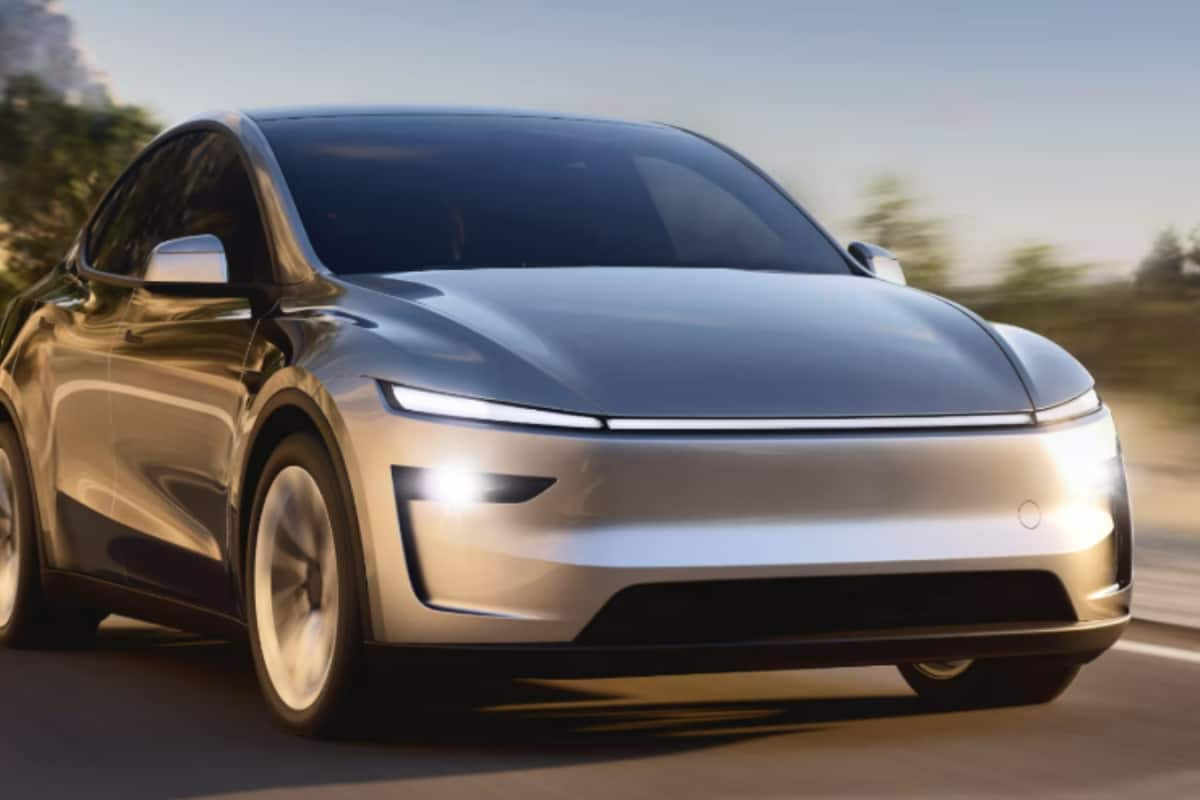The Unexpected Breakthrough
The scientific community was recently taken by surprise when a group of researchers unveiled their latest finding, which might just be the key to unlocking
next-generation EV batteries. Their work showed a novel approach that could result in significantly improved energy density and charging speeds, overcoming the current limitations that have hindered widespread EV adoption. The discovery involves the use of a previously unexplored material, setting the stage for a paradigm shift in how batteries are developed and produced. The innovative material has the potential to overcome issues that plagued existing EV batteries. Researchers discovered a new compound to create a safer and more efficient battery.
Boosting Battery Performance
The innovative discovery provides a path toward markedly enhancing the performance of EV batteries. The new material has the potential to store a significantly higher amount of energy in the same space, which would translate to increased driving ranges for electric vehicles. Also, the scientists' research points to faster charging times, reducing the wait for EV owners. These improvements are essential for making EVs as practical and convenient as gasoline-powered cars. Battery density, which is a measure of how much energy a battery can store relative to its size, has been a major constraint in EV technology. The new discovery proposes a solution to address this by enhancing the energy storage capabilities of batteries.
Implications for EVs
The ripple effects of this scientific finding extend far beyond the laboratory, as it directly impacts the future of electric vehicles. If the new battery technology becomes a reality, it could remove range anxiety, one of the main worries for prospective EV purchasers. EV adoption would likely accelerate as a result, driving both environmental advantages, and changes in the automotive industry. The new material could lower production costs, potentially leading to more affordable EVs for consumers. Moreover, more efficient batteries would result in less demand for resources and decreased reliance on fossil fuels, contributing to global efforts to mitigate climate change.
Future Developments and Research
Even with the excitement, the scientists acknowledge the need for more research to fully understand the material's potential and to prepare it for mass production. The next steps in this research involve refining the technology to ensure it meets real-world requirements, including rigorous testing of its durability, safety, and overall performance. Furthermore, the researchers are exploring the viability of scaling up production, which presents its own hurdles. Collaboration between scientists, engineers, and industry partners will be critical to moving this breakthrough from the laboratory into our vehicles and broader applications.
Impact on Environment
The discovery has significant environmental implications, possibly altering the course of sustainability. Since electric vehicles generate zero emissions during operation, improved battery technology will contribute to cleaner air and reduce reliance on fossil fuels. The introduction of the new material offers the possibility of environmentally friendly battery components and construction. The environmental advantages of the discovery go beyond transportation. It opens the door to applying the technology in energy storage systems for renewable energy sources, boosting their efficiency and availability. A shift to renewable energy and electric transportation will play a critical role in tackling climate change and constructing a more sustainable future.


